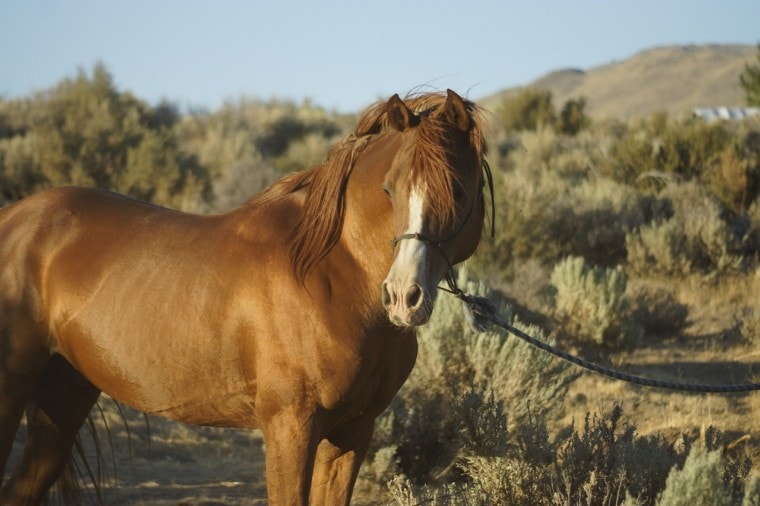
You’re on the lookout for your first horse, but you’re not sure what would be the best breed for you.
Everything from the horse’s gait, which can mean the difference between a smooth or bumpy ride, to the horse’s temperament are essential factors to consider when you’re in the market for a horse.
The size is also relevant—the larger the horse, the more intimidating they can be for a beginner. The average size of a horse falls around 14.2 to 17 hands (4’10” to 5’8” at the horse’s shoulder). If they’re less than 14.2 hands, they’re usually considered a pony.
To help you with your search, we compiled a list of the 10 best horse breeds for first-time riders and owners, in alphabetical order:
The 10 Best Horse Breeds for First-Time Owners
1. American Paint Horse

The American Paint Horse arrived on North American shores in 1519, brought over by Spanish explorers. It’s thought that they were a mix of Andalusian, Barb, and Arabian breeds, but today’s Paint Horses are a mix of spotted horses with the American Quarter Horse and Thoroughbred lines. They are famous for their large patches of two colors, usually white with brown, bay, chestnut, or black.
The American Paint Horse is a relatively low-maintenance breed that doesn’t generally need as much exercise as other breeds. They are about mid-size, 14.2 to 15.2 hands. What makes these horses great for beginners is their good-natured, calm, and friendly nature. Their intelligence and strength mean they are easy to train, and they are also strong and fast.
2. American Quarter Horse

The American Quarter Horse was also brought to North America by Spanish conquistadors about 500 years ago. They were a combination of Arabian, Barb, and Iberian breeds that were bred with the First Nation’s Cherokee and Chickasaw horses and eventually English Thoroughbreds. These horses come in a wide variety of colors, including brown, palomino, gray, black, roan, bay, sorrel, and buckskin.
The Quarter Horse is thought to be the most popular breed of horse in the United States, due in part to their calm and docile temperaments. They come in at 14.3 to 16 hands and are very trainable and gentle horses that are great for beginner riders, including children.
3. Appaloosa Horse
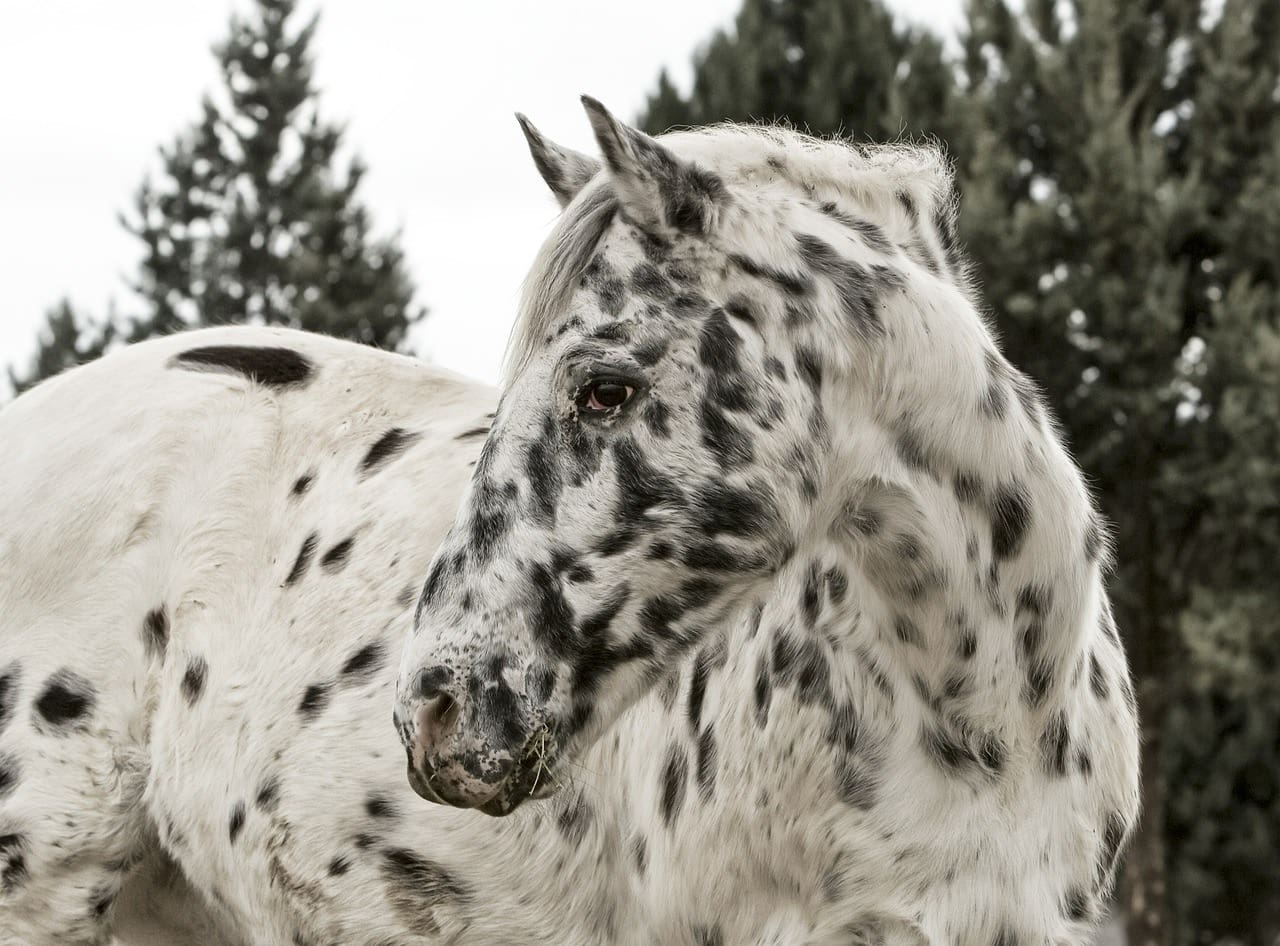
The Spanish introduced their horses to Mexico in the 1500s, and these eventually drifted into North America. The famously spotted coats of the Appaloosa were developed by the Nez Percé tribe, who lived along the Palouse River in what is today’s North-Central Idaho. They have a solid color (chestnut, black, gray, buckskin, dun, etc.) with some kind of spotting pattern and come in at 14.2 to 16 hands.
The Appaloosa is a loyal horse to the family that they love, and they are intelligent, gentle, and playful. The strong bond that they make with their owners is partly what makes them suitable for beginners, though unfortunately, this is not the case for all Appaloosas. They are also prone to being high-strung and need frequent exercise.
4. Connemara Pony

No one truly knows the actual origins of the Connemara Pony. It seems that the native breeds of Ireland were mixed with the Andalusians when the Spanish Armada in 1588 ran aground in the County Galway, where Connemara is located. The Connemara is a pony, which makes them smaller than most horses, and they come in around 13.2 to 15 hands, which is why they’re ideal for a beginner. They can be black, bay, chestnut, brown, or palomino but are most commonly dun and gray.
Connemaras are hardy yet agile and are intelligent, adaptable, gentle, and sensible in nature. They are perfect for the beginner rider, both adult and child.
5. Friesian Horse

The Friesian Horse has their origins in Friesland, Netherlands, over 3,000 years ago. These gorgeous horses are famous for their long flowing manes, and they are sometimes gray and bay in color, but they are known for being solid black and with long feathers (long hair) on the lower parts of their legs. They stand at about 14.2 to 17 hands.
Friesians are intelligent, sensitive, and gentle horses that would be amazing for beginners. They are calm, friendly, and eager to please, and their show-stopping beautiful appearance will make them the talk of your town.
- Related Read: Westphalian Horse: Info, Pictures, Temperament & Traits
6. Kentucky Mountain Saddle Horse
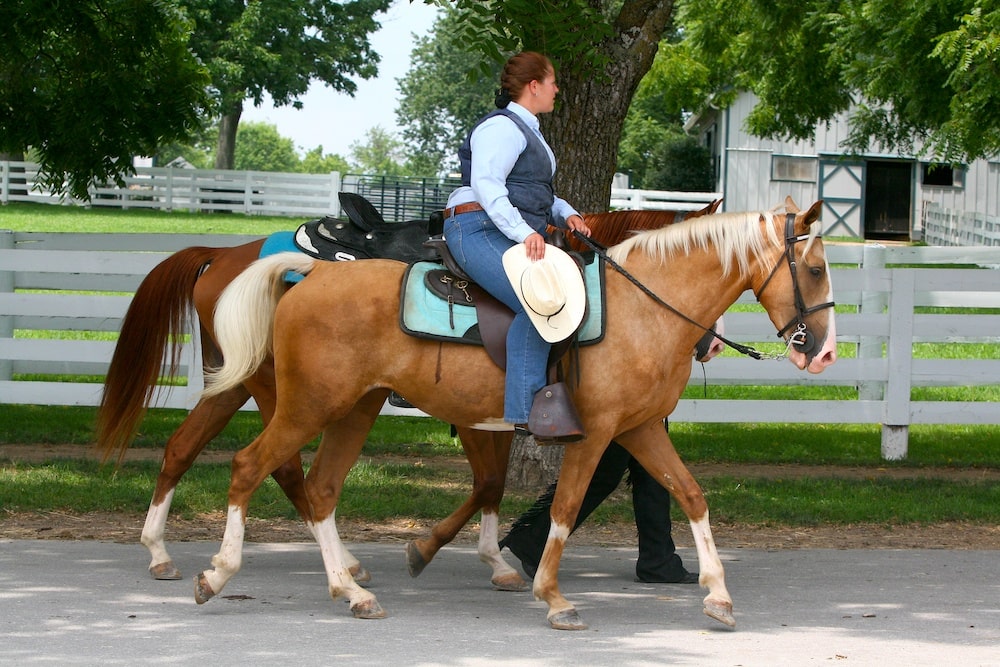
The Kentucky Mountain Saddle Horse has been around for about 200 years and was developed in America’s southern states, particularly around the Appalachians. They come in almost any solid color (black, brown, dun, white, etc.) and have long, flowing manes and tails. They typically stand at 13.1 to 16 hands.
The Kentucky Mountain Saddle Horse is a friendly, calm, and even-tempered breed that can be ridden by children and seniors. They are also gaited horses, which means they will provide a smooth ride for any amateur riders.
7. Missouri Fox Trotter Horse

During the 1800s, in the Ozark Mountains, the Missouri Fox Trotter Horse was bred. They are so named because they have a smooth and comfortable gait that has been called “the fox trot.” They are 14 to 16 hands, come in all colors, and typically have white markings on the legs and face.
The Missouri Fox Trotter is charming, quiet, and gentle and makes a wonderful horse for children and adults. Their smooth gait and surefootedness on rough terrain, in addition to their obedience, make them perfect for a beginner.
8. Morgan Horse
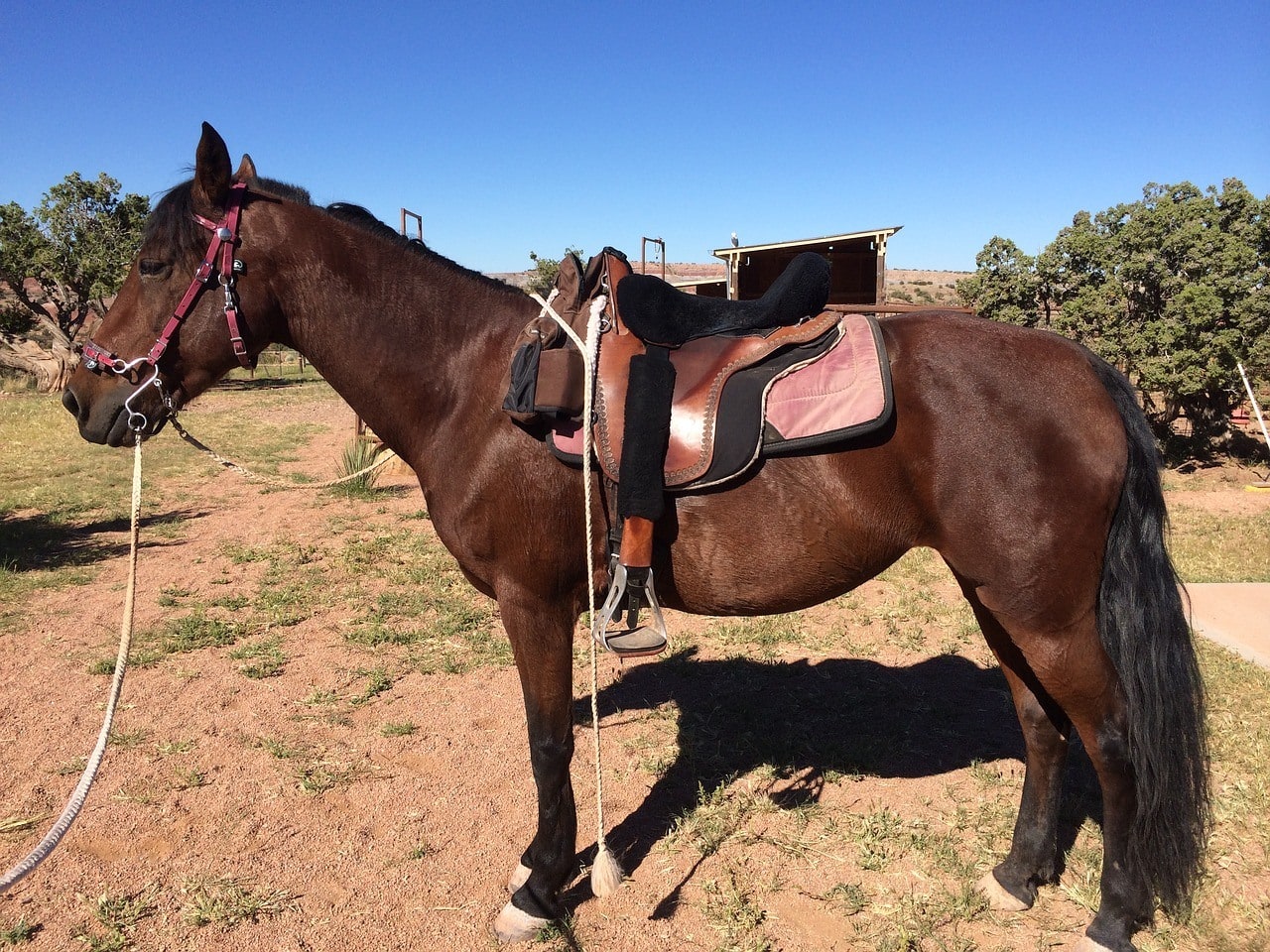
The Morgan Horse tops most lists as the best horse for novices. They are one of the first horse breeds developed in the United States, and they have proven to be hard-working and sturdy. They stand about 14 to 15.2 hands and come in every color but are most commonly black, bay, or chestnut.
The Morgan Horse is a gentle, kind, and well-mannered breed that bonds with their owner. They enjoy spending time with humans and are steadfast and not easily spooked. They are believed to be one of the least expensive horses to take care of too, as Morgans tend to eat less than most other breeds.
9. Norwegian Fjord Horse
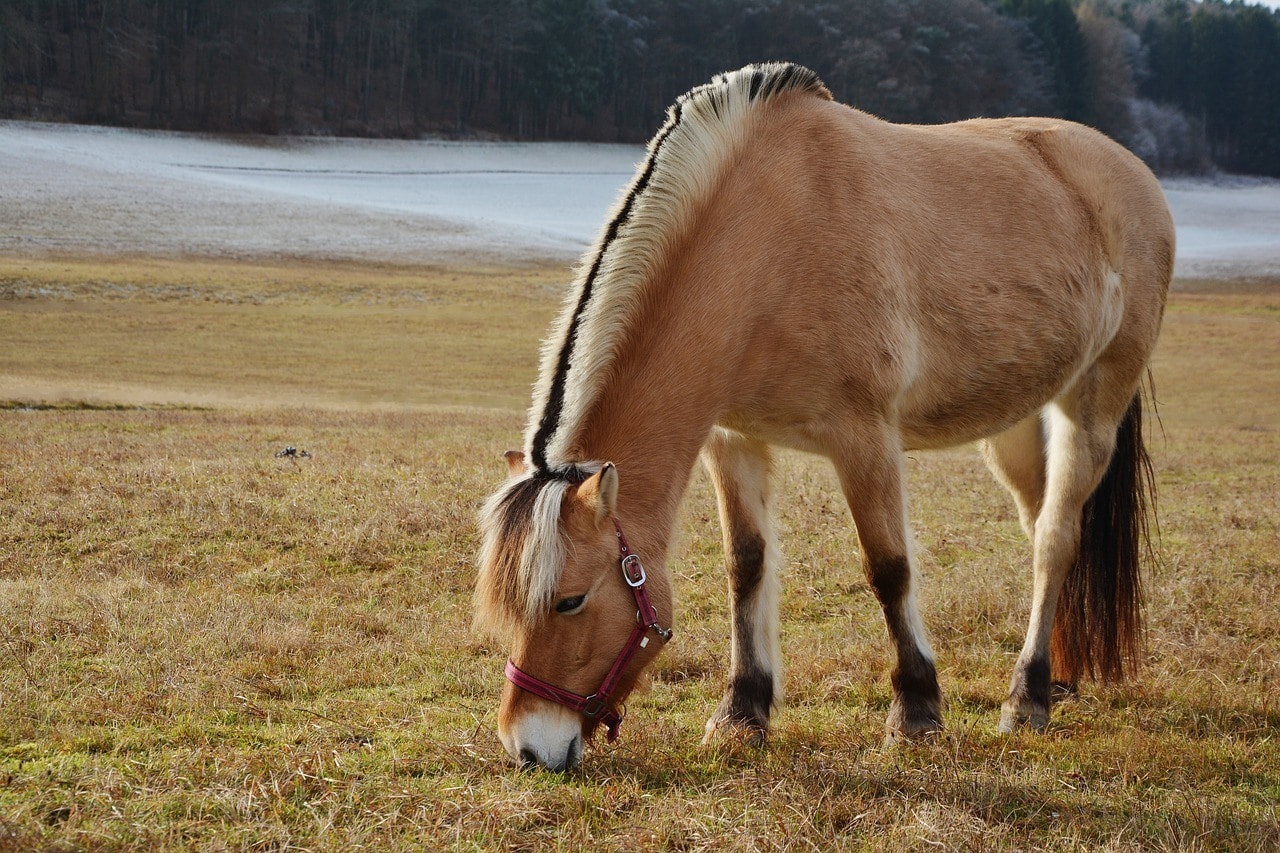
The Norwegian Fjord Horse was first domesticated around 2,000 B.C. and is considered one of the oldest breeds of horses in the world. The modern Fjord Horse is somewhat small at 13.2 to 15 hands and is typically a brown dun color. The mane is usually cut in a manner that enables it to stand erect, so it shows off the black hair in the center of the mane that is surrounded by white hair. This gives the animal a rather unique appearance.
The Fjord Horse is a willing and gentle breed that is calm and kind and is used not only for beginners but also as a therapeutic horse. These horses are known to take care of their riders, and they aren’t considered flighty.
10. Tennessee Walking Horse
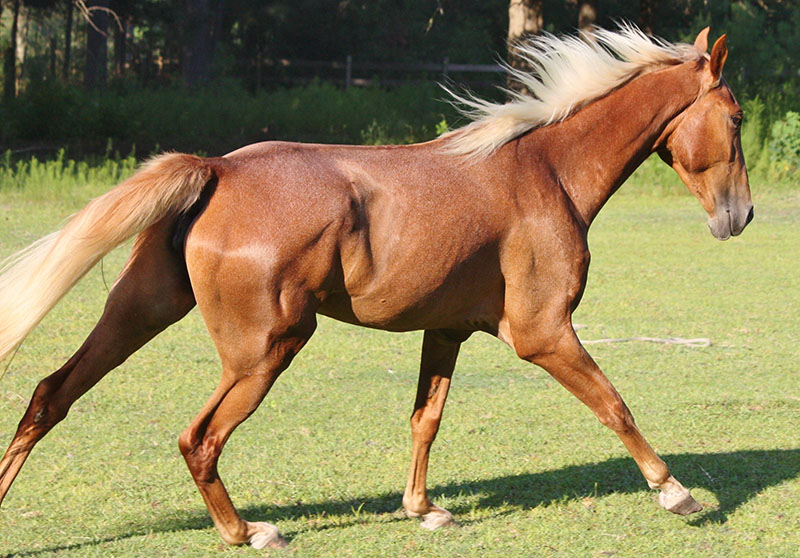
Quite a number of breeds make up the Tennessee Walking Horse (the Standardbred, American Saddlebred, Thoroughbred, Morgan, and Canadian Pacer, to name a few), which originated in the late 1800s. They stand at 15 to 17 hands and come in most colors but typically in brown, chestnut, bay, black, roan, and gray.
Tennessee Walkers are dependable, gentle, and calm in nature, so they are not likely to be flighty. They are also known to be a gaited horse, making for a smooth ride, and they are generally easy to train because they are willing learners.
Costs of Owning a Horse
The costs of owning a horse will depend on various circumstances—for example, whether you live on land that can accommodate a horse or you need to pay for boarding. Also, you may want to use your horse for shows or events or just pleasure riding.
Expenses could run upward of $4,000 or more per year, so be sure to do your research before investing in your first horse.
Learning to Ride a Horse
Several factors might determine how long it takes to learn to ride a horse. On average, about 10 private lessons might be sufficient, but it depends on the fitness level and the kind of experience that the rider has. There are experienced riders out there who still benefit from taking lessons to help refine their performances.

There are various steps and decisions that you will need to take, such as:
These steps are just the beginning; the rest is up to your instructor and you.
Horse Temperament
This list outlines the best breeds for beginner horse owners and riders, but temperament will always be the most important factor. While there are breeds that are not usually appropriate for novices, such as the Arabian (high energy and headstrong), there will also be horses within the desired breeds that won’t be suitable for a beginner because of that individual horse’s temperament.
The qualities that a horse should have for a new rider include:
You won’t find these qualities in every horse breed; even the calmest breeds will have a few excitable individual horses in the mix. Just like dogs or people, horses are all unique.

Things to Keep in Mind When Selecting a Horse
When you’ve decided that you’re ready to purchase your first horse, here are quick tips to keep in mind while you’re searching for the right one.
These points are just a rough guide of a few considerations that you should make before buying your first horse. First and foremost should always be research, research, research!
Conclusion
When you’ve decided to take the big step of bringing a horse into your life, remember to focus on your own needs and the horse’s temperament. While you might have a specific color in mind, personality is by far the most critical factor. Finding the right horse that will guide you as much as you will guide them will be the perfect horse for you.
Featured Image Credit: Pixabay









